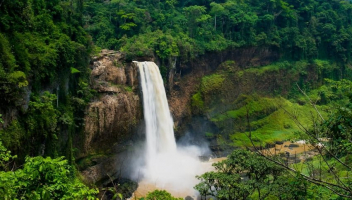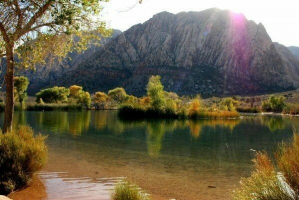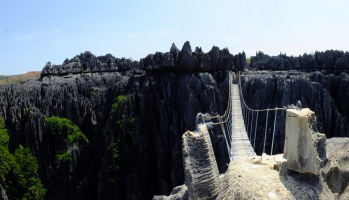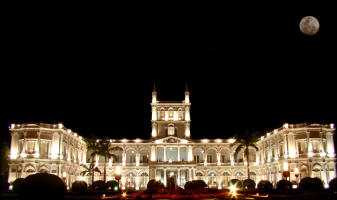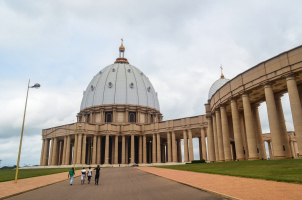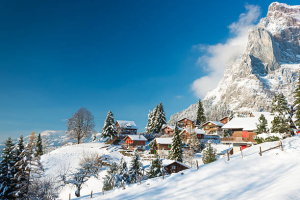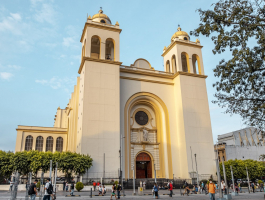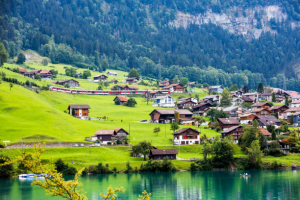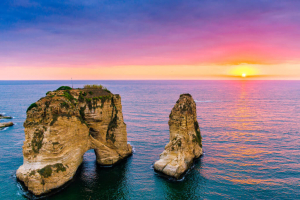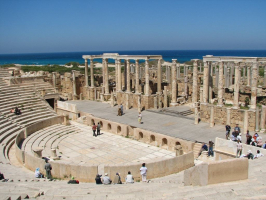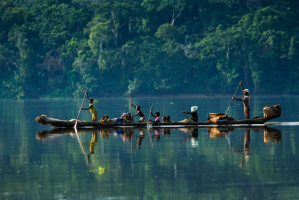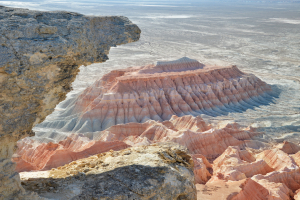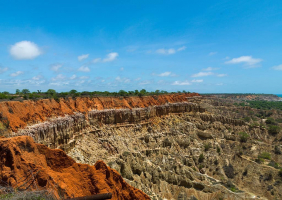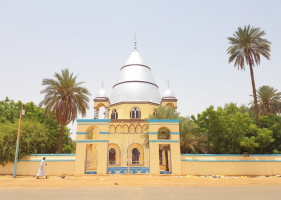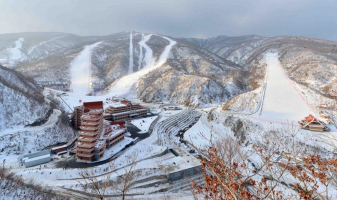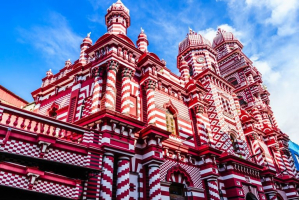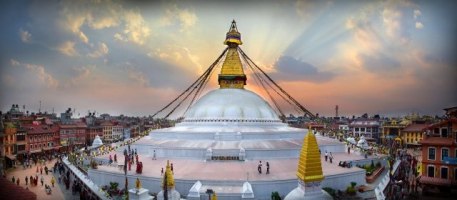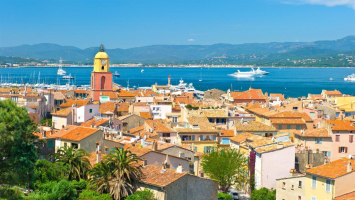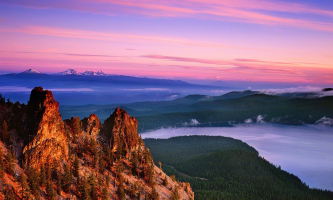Top 10 Best Places to Visit in Tehran
Tehran is the largest city and urban region in Iran and the largest city in Western Asia, with a population of about 8.3 million and over 14 million in the ... read more...larger metropolitan area. Numerous old mosques, churches, synagogues, and Zoroastrian fire temples may be found throughout the city. Modern buildings, particularly the Milad Tower and the Azadi (Freedom) Tower, have however come to represent the city. Learn more about the top 10 Best Places to Visit in Tehran that you should not miss.
-
The Golestan Palace was first constructed in the 16th century, then refurbished in the 18th century, and ultimately rebuilt in 1865. It is also known as the Gulistan Palace and the Rose Garden Palace in translations from Persian. This complex in Tehran was once a part of the official royal Qajar era. A beautifully designed garden with peaceful lakes is at the heart of this magnificent walled complex. Among the oldest structures in contemporary Tehran are the palace structures.
The Golestan Palace, one of Tehran's oldest historical landmarks and a designated World Heritage Site, is a part of a collection of royal structures that were formerly encircled by the mud-thatched walls of Tehran's capital ("citadel"). Gardens, regal structures, and exhibits of Iranian handicrafts and 18th- and 19th-century European gifts are also part of it. If you don't have time to visit all 12 museums, make sure to purchase tickets for the Marble Throne veranda and the art gallery. After that, take a stroll through the courtyard to admire the many tiled panels, all of which are highly decorative and feature the distinctive yellow, pink, and blue color scheme of the Qajar era.
Google rating: 4.6/5.0
Address: Panzdah-e Khordad Square, Tehran, Iran
Phone number: +98 21 3311 3335
Official site: https://www.visitiran.ir/attraction/golestan-palace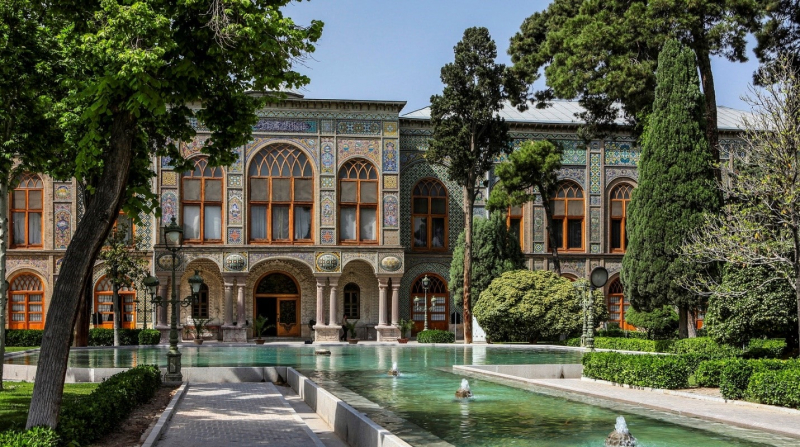
ghoghnos.net 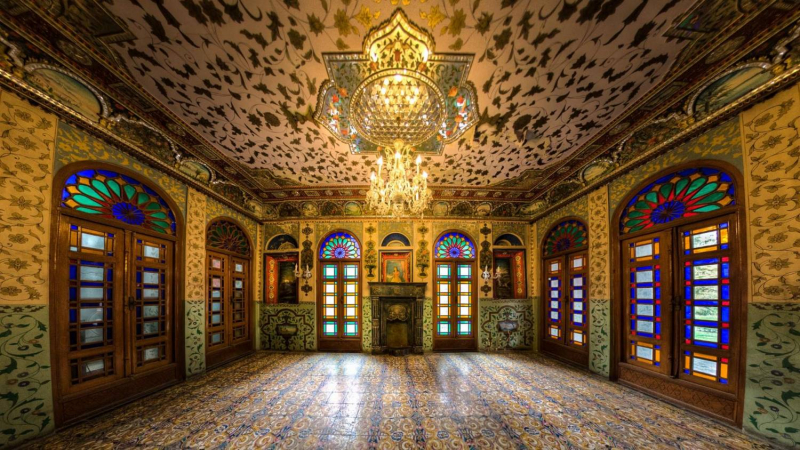
experitour.com -
Treasury of National Jewels ranks 2nd in the list of best places to visit in Tehran. The vast vault, widely referred to as the "Jewels Museum," is located inside the Central Bank and can be visited through its front doors. It is undoubtedly Tehran's most popular tourist destination. If you've already been to the Golestan Palace's art collection, you've probably seen paintings and photographs showcasing the magnificent jewelry the Safavid and Qajar emperors decked themselves with.
The majority of the collection was amassed during the Safavid era, when the shahs combed over Europe, India, and the territories of the Ottoman Empire in search of loot to use as decorations for their capital, Esfahan. Take one of the regular, knowledgeable tours in English, French, German, or Arabic, which are included in the admission price and are worth waiting for because there aren't many descriptions in English, or pick up a guidebook from the shop as you enter (stocks permitting). Don't miss the astounding 34kg Globe of Jewels, created in 1869 using 51,366 precious stones, or the Darya-ye Nur (Sea of Light), a pink diamond weighing 182 carats and reputed to be the largest uncut diamond in the world.
Google rating: 4.6/5.0
Address: Tehran, Ferdowsi Ave, Iran
Phone number: +98 21 6446 3785
Official site: https://www.visitiran.ir/en/attraction/National-Jewels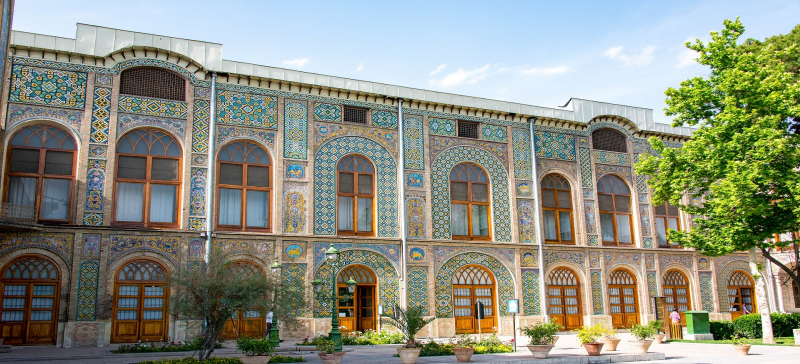
iranontour.com 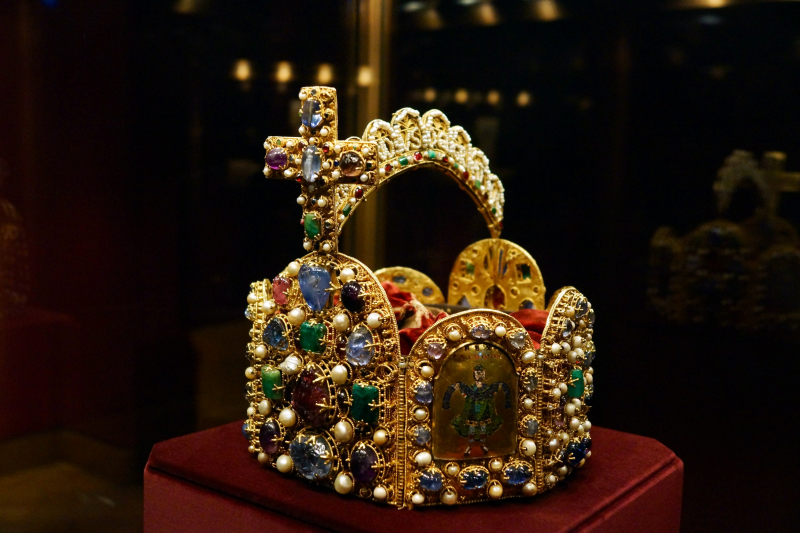
itinari.com -
Tehran Tabiat Bridge ranks 4th in the list of best places to visit in Tehran. The Tabi'at Bridge is Iran's largest pedestrian overpass. The 270-meter (890-foot) bridge joins two public parks in northern Tehran, Taleghani Park and Abo-Atash Park, by bridging the Modarres Expressway. Tabiat, which means "nature" in Persian, is a word that has several different meanings.
Leila Araghian created Tabiat Bridge as part of a municipal competition to build a bridge to connect two parks in north Tehran divided by a freeway. The bridge not only connects two parks, but it is also a popular community gathering place with seating areas and restaurants, serving as a location for people to remain rather than just pass through. Strolling on the bridge has been characterized by some as feeling like walking through a forest and as a location of positive energy where they may come to reenergize when they are feeling down. The bridge attracted four million visitors in its first year.
Google rating: 4.6/5.0
Address: Tehran, Modares Hwy, Iran
Phone number: N/A
Official site: N/A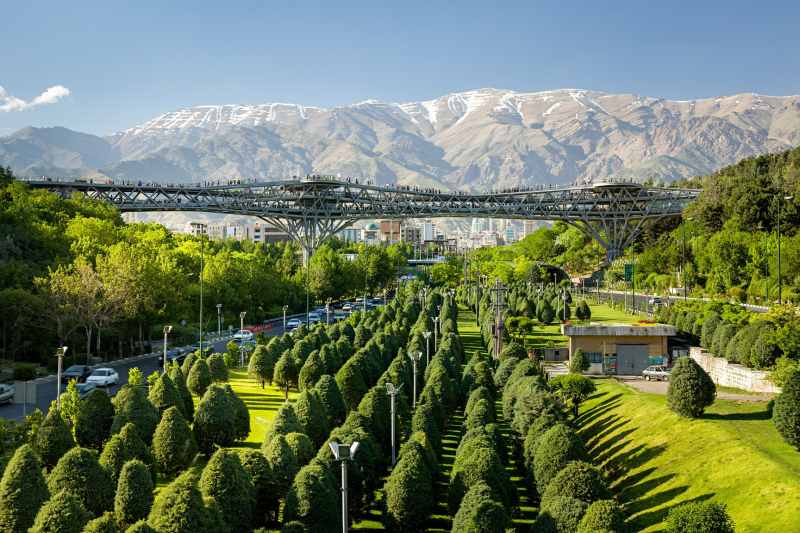
wikipedia.org 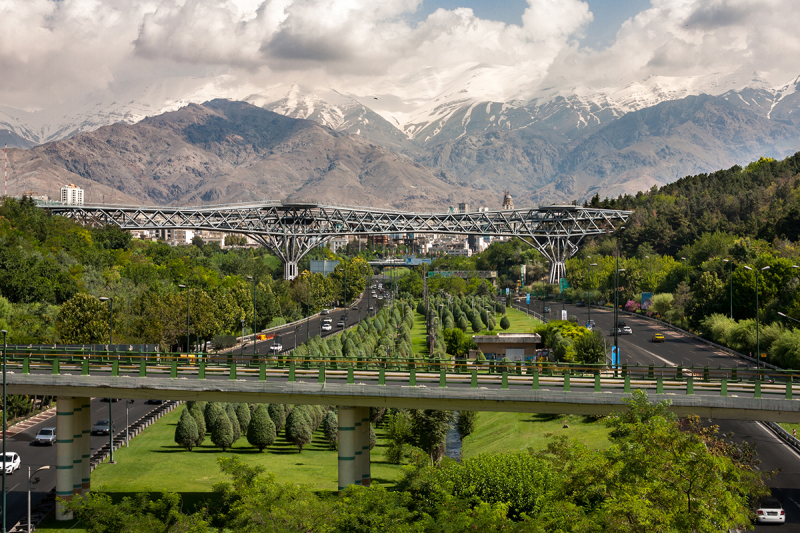
architectmagazine.com -
The Sa'dabad Complex, also known as Kakh-e Saad, is a 300-hectare complex constructed by the Qajar and Pahlavi kings in Shemiran, Greater Tehran, Iran. This webpage recalls how the late Mohammed Reza Shah (d1980) distanced himself from Tehran's daily life. Of course, residential development has since expanded to this previously secluded mountainside.
Large portions of the complex are museums that are open to the public. Other components are currently in use by the President's Office of the Islamic Republic of Iran. The complex is managed by the Cultural Heritage Organization of Iran, which is in charge of the majority of the country's items, sites, and cultural characteristics. If you don't have time to see all of the museums, make time to visit the Mellat Palace ('White Palace,' which has a pair of massive bronze boots — the only remnants of a massive statue of Reza Shah (d1941) — standing by the side of the steps.
Google rating: 4.6/5.0
Address: Tehran Province, Tehran, District 1, Taheri St, Iran
Phone number: +98 21 2275 2031
Official site: https://www.visitiran.ir/attraction/saadabad-palace-complex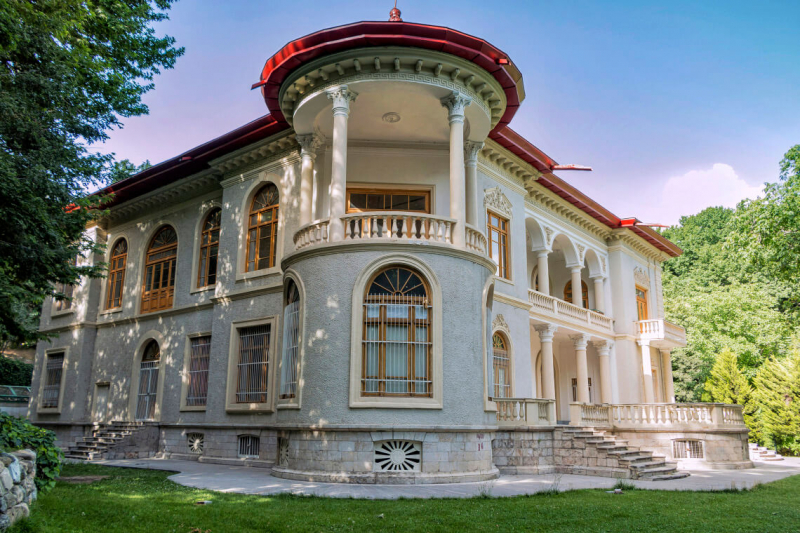
iranparadise.com 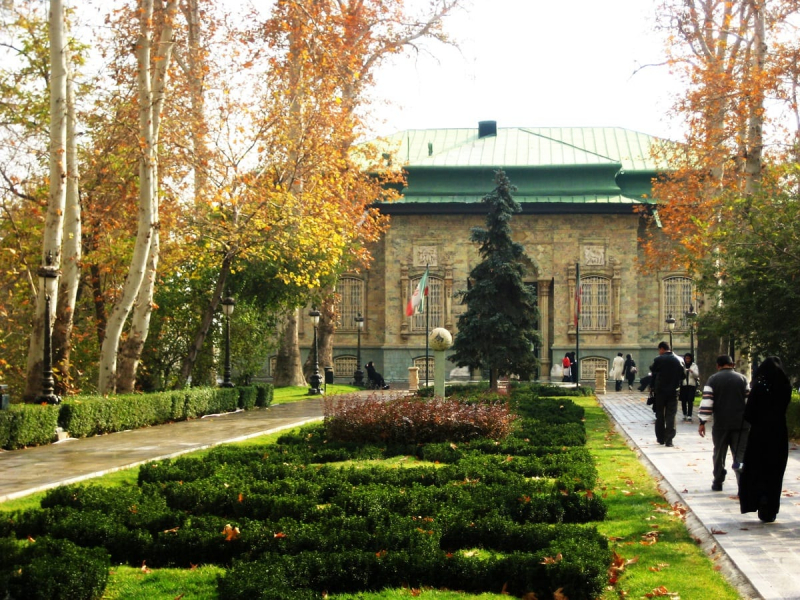
surfiran.com -
The Iran Glassware and Ceramic Museum, also known as the Abgineh Museum, is situated at 30 Tir Street in Tehran, Iran. This street was once known as Ghavam Al Saltaneh Street. The Glassware and Ceramic Museum, formerly known as Abgineh, was established in 1980 and is housed in the mansion built in 1915 by a former prime minister of Reza Shah's administration. From 1953 to 1960, the palace served as the Egyptian Embassy, earning it architectural value.
The Abgineh Museum has two floors of exhibits that feature stunning "Nishapur" slip-painted ceramics, glass pieces from the 12th to 13th centuries, known as Iran's Golden Age of Glassmaking, lustreware from the Gorgan and other excavations, pottery from Takht-e Soleyman from the 14th century, and some later Safavid and Qajar ceramics. On the ground floor of the Glassware and Ceramic Museum, the majority of the glass—about 260 pieces—is on display. The Iranian Ceramic Museum's first floor and second floor are connected by Russian-style wooden stairs. The museum's entrance was originally dome-shaped before the building was converted into the Egyptian Embassy, but it was eventually flattened.
Google rating: 4.6/5.0
Address: Tehran Province, Tehran, District 12, 30th Tir St, Iran
Phone number: +98 21 6670 8153
Official site: N/A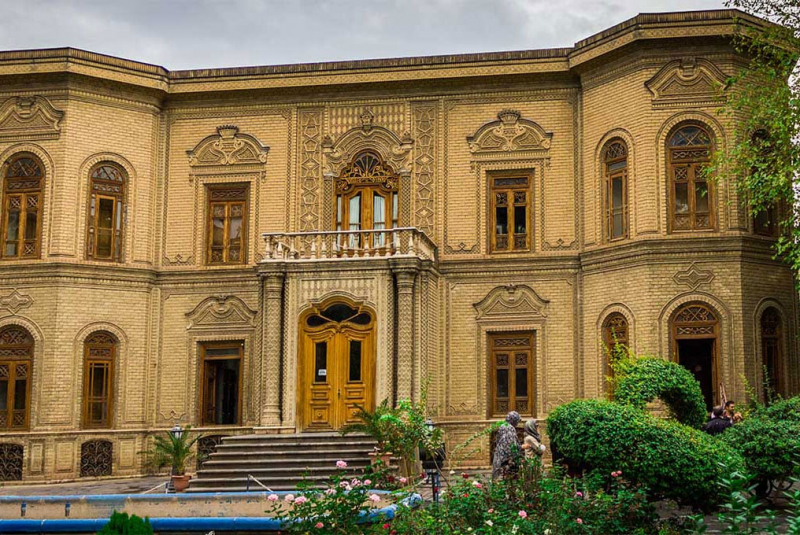
surfiran.com 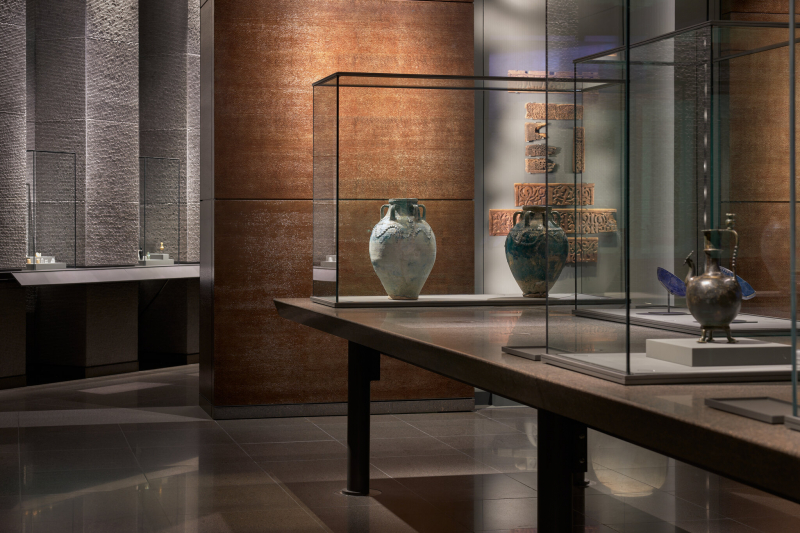
nytimes.com -
One of the biggest art museums in Tehran and Iran is the Tehran Museum of Contemporary Art, or TMoCA. World-class European and American paintings, prints, drawings, and sculptures from the 19th and 20th centuries are among the more than 3,000 pieces in its collections from these periods. One of the largest collections of modern and contemporary Iranian art may be found in TMoCA.
Empress Farah Pahlavi opened the museum in 1977, barely two years before the 1979 Revolution. Outside of Europe and North America, the TMoCA is thought to contain one of the most valuable collections of modern Western classics. It is regarded as having the most priceless collection of Western modern art outside of Europe and the US. The collection was mostly put together by the founding curators David Galloway and Donna Stein under Farah Pahlavi's patronage. According to reports, the museum is home to modern art valued at about £2.5 billion. The museum often presents changing exhibitions and also arranges exhibitions by regional artists.
Google rating: 4.5/5.0
Address: Tehran, Tehran Province, Iran
Phone number: +98 21 8898 9374
Official site: https://galleryinfo.ir/Gallery/en/263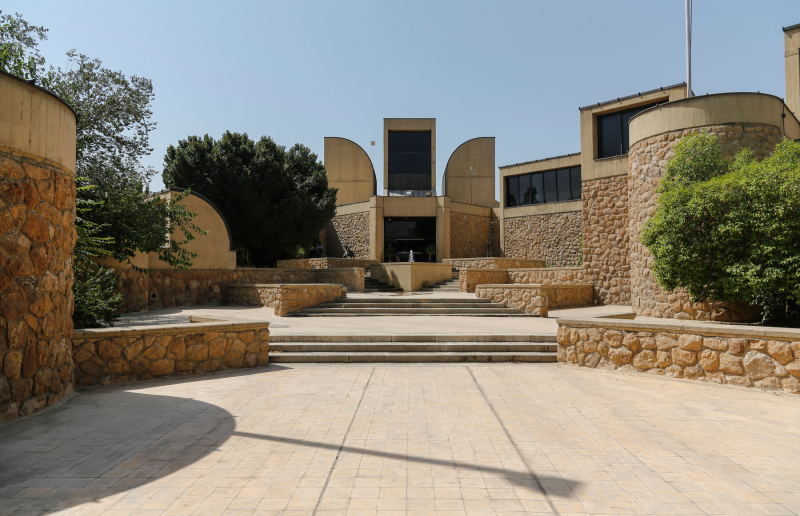
nytimes.com 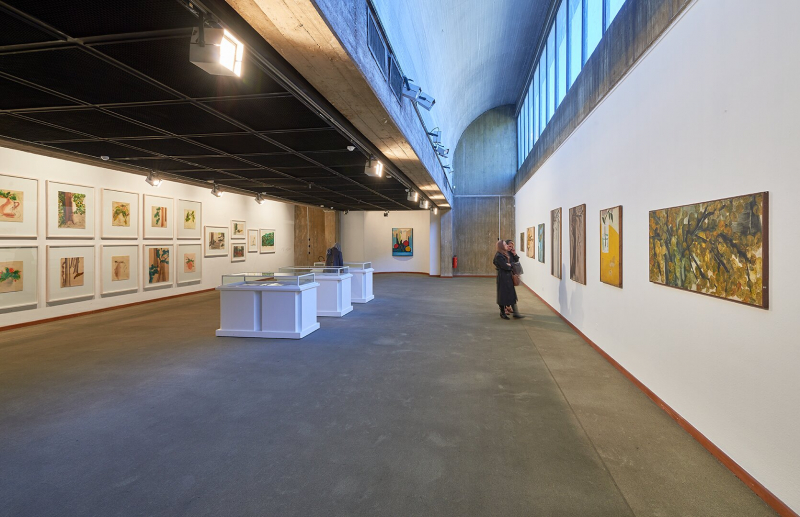
harpersbazaararabia.com -
The National Museum of Iran is made up of eight research departments, the conservation department, the library, and the archives, as well as the Iran Bastan Museum (Ancient Iran) and the Museum of Islamic Archaeology and Art of Iran. Specific archaeological and historical eras and subjects are used to structure the research departments. The greatest collection of archaeological artifacts in the nation is housed in this museum. The collections, which span more than a million years of Iranian human settlement and cultural development, range in date from the Paleolithic to the late Islamic era.
On the green grounds of the Museum of Ancient Iran, the Museum of the Islamic Era was afterward built with white travertine. In this facility, Firouz Bagherzadeh, head of the Iranian Center for Archaeological Research, hosts a series of symposiums on Iranian archaeology. It has undergone numerous hurried interior alterations and was still being remodeled when the 1979 Revolution overtook the country. While the Museum of Ancient Iran has always had a clear mandate to display archaeological artifacts as well as certain rare medieval fabrics and rug pieces, the modern complex began to exhibit the stunning Amlash pottery from Iran's prehistoric Caspian Sea regions. This was followed by some modern works and repeated interior gutting and remodeling.
Google rating: 4.5/5.0
Address: Si Tir St. Imam Khomeyni Sq, Tehran, Iran
Phone number: +98 21 6670 2061
Official site: https://irannationalmuseum.ir/en/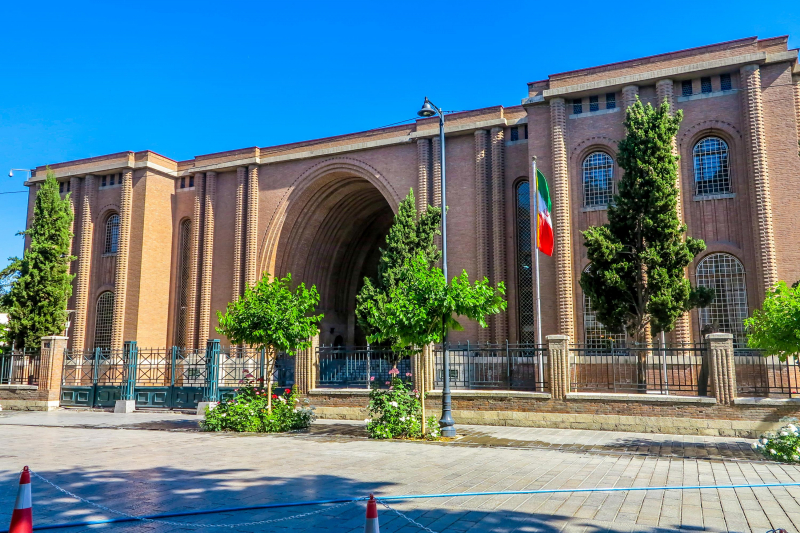
visitworldheritage.com 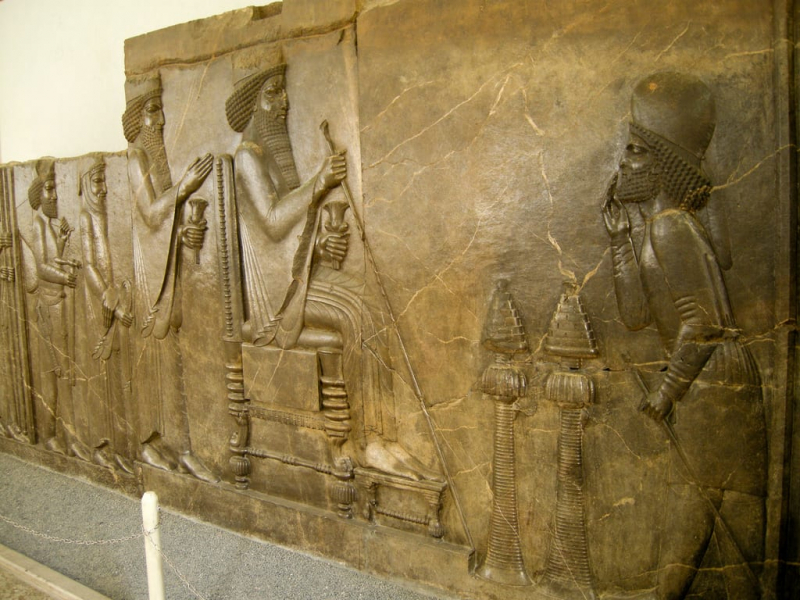
surfiran.com -
In Tehran, Iran, there is a multipurpose tower called the Milad tower. Seismic activity is of particular significance since Tehran is situated close to two tectonic plate fault lines. At 436 meters tall, the Milad Tower is the sixth-tallest tower in the world and the fourth-tallest telecommunications tower. In addition to being used for telecommunications with extremely sensitive equipment, the tower has numerous stories of stores and restaurants.
The "Shahestan Pahlavi" project, which was envisioned to span five million square meters and house 50,000 citizens, government ministries, commercial offices, and a variety of cultural centers, included the Milad Tower as one of its proposed components (libraries and museums). However, after the 1979 Revolution, this initiative was abandoned. Construction on the tower, which took 11 years to complete, started in 1997 when it was brought back (2008). The structure has 63 commerce units, many food courts, observation decks, telecommunication services, and a 27,000 m2 carpark, making it multifunctional.
Google rating: 4.4/5.0
Address: Tehran, Tehran Province, Iran
Phone number: +98 21 8436 1000
Official site: https://www.visitiran.ir/attraction/milad-tower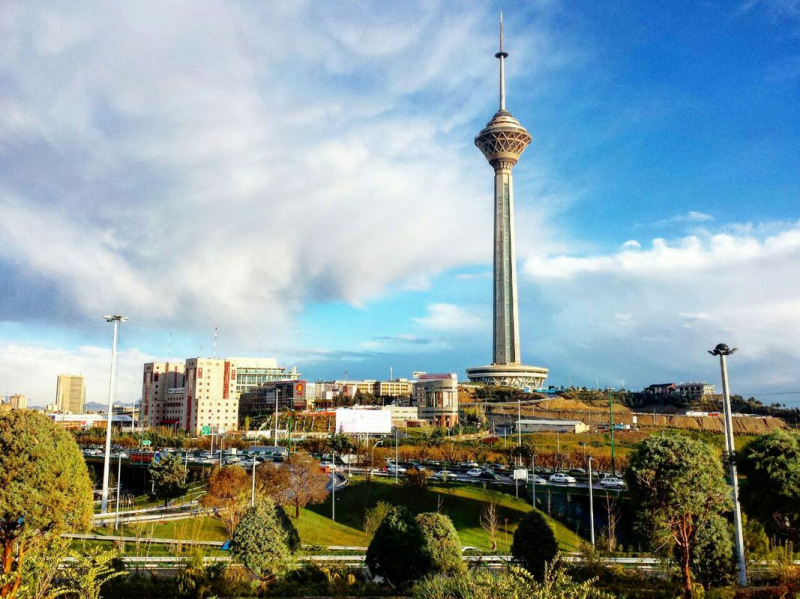
irandestination.com 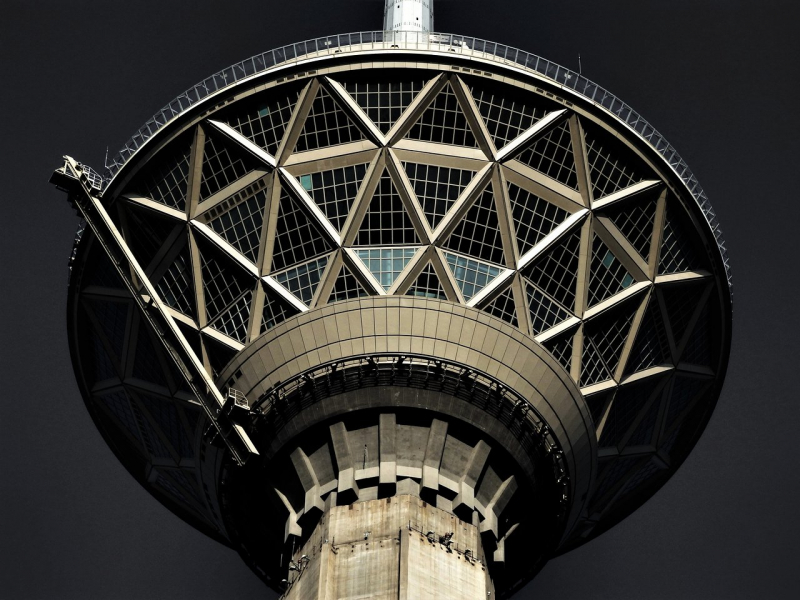
tripadvisor.com -
The Azadi Tower, formerly known as the Shahyad Tower, is a monument on Azadi Square in Tehran, Iran. It is a well-known landmark in Tehran and marks the western gateway to the city. It is a part of the Azadi Cultural Complex, which also houses a subterranean museum. Hossein Amanat, an architect, was hired to create the tower after winning a contest. His concepts were based on Iranian architecture from the classical and post-classical periods, which were popular aesthetic inspirations in the 1960s after the White Revolution. Iran's rising riches stimulated modernization initiatives and brought about a renaissance-like period in the art world.
The monument was constructed using 8,000 stone blocks and white marble from the province of Isfahan. Ghanbari Rahimi, also known as the Soltn-e Sang-e Irn ("Iran's Sultan of Stone"), was renowned for his in-depth knowledge of quarries and was responsible for finding and providing all of the stones. A novel technological approach at the time, computers were employed to "define its intricate woven surfaces." You can either take two elevators or the 45-meter staircase to the museum underground, which is included in your admission price. You can only imagine how magnificent it looks at sunset because the entire structure is covered in carved marble.
Google rating: 4.4/5.0
Address: Azadi Square, District 10, Tehran, Iran
Phone number: +98 21 6602 3951
Official site: https://www.visitiran.ir/attraction/azadi-tower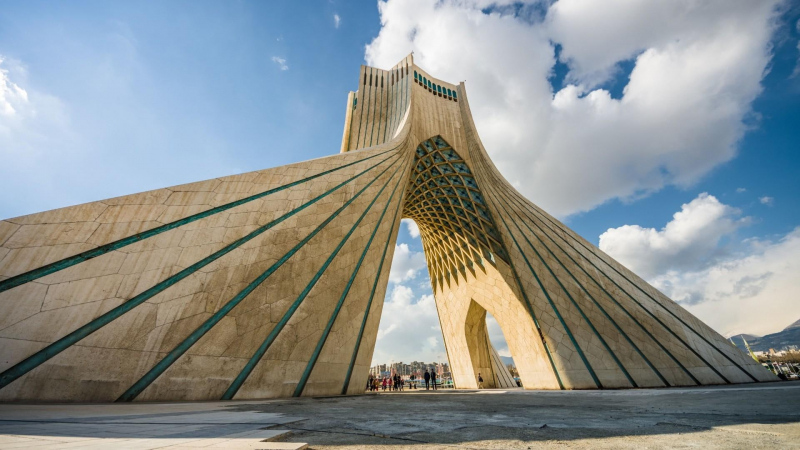
s-travels.com 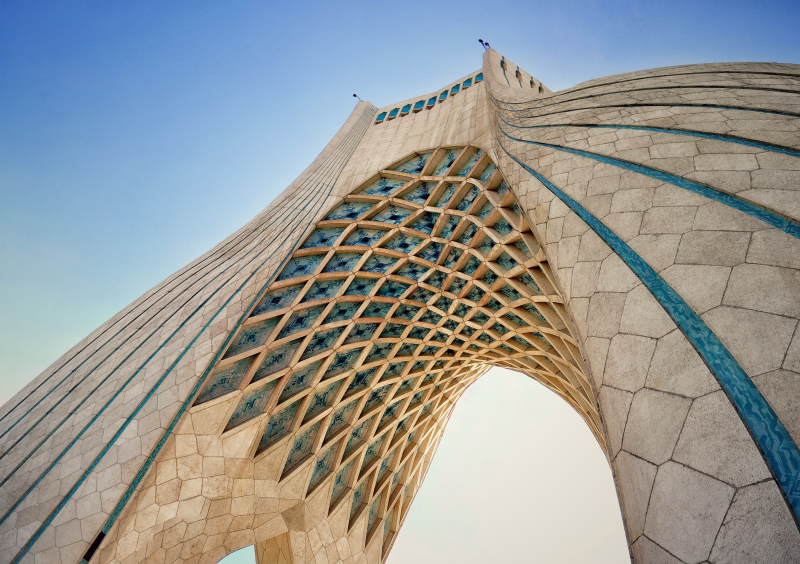
foundation.app -
One of the sights you absolutely must see while visiting Tehran is the Grand bazaar. Grand Bazaar is divided into a number of corridors that are over 10 kilometers (6.2 mi) long, each of which specializes in a different kind of product. It also has a number of entrances, the main one being Sabze-Meydan. The Grand Bazaar is home to banks, guest rooms, mosques, and stores. It has connectivity to the Tehran Metro's rapid transit system through the Khayam and Khordad 15th stations.
It is obvious that this place is the heart of Persian culture and trading. In Iran, a bazaar is much more than just a store where you may stock up on a few necessities. The guys who run the stalls in the bazaar are known as "bazaris," and many of them are incredibly wealthy and powerful in politics. Typically conservative and religious, they have a lengthy record of defying authority.
Google rating: 4.0/5.0
Address: Tehran, Panzdah-e Khordad St, Iran
Phone number: N/A
Official site: N/A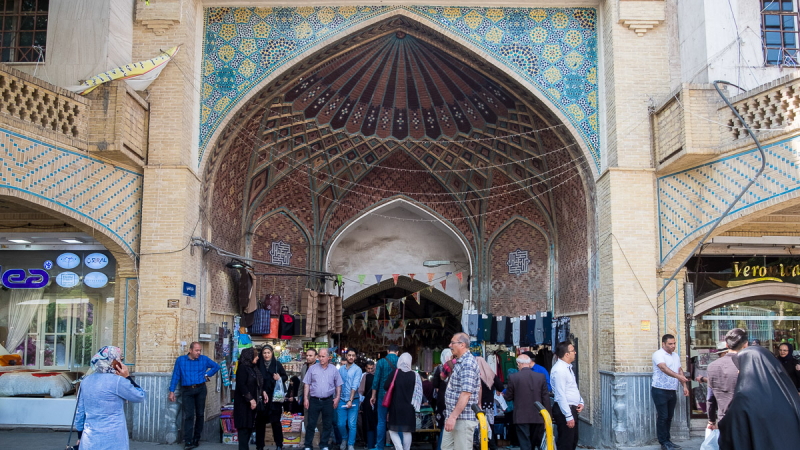
apochi.com 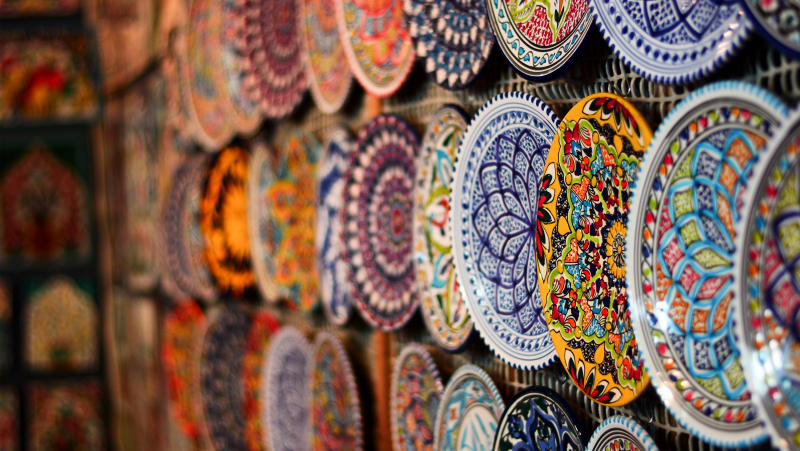
visitworldheritage.com












